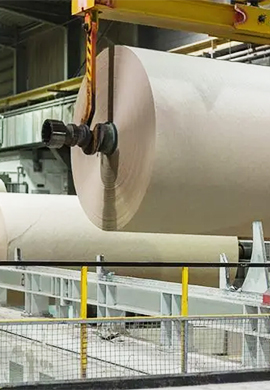
The Role of Perlite in Enhancing Soil Quality and Drainage Properties
The Role of Perlite in Soil Health and Plant Growth
Soil is one of the most critical components for sustaining plant life, providing the necessary nutrients, water, and support that plants need to thrive. However, not all soils are created equal. The type of soil and its composition can significantly impact the growth and health of plants. One common additive that has gained popularity among gardeners and horticulturists alike is perlite. This article explores the benefits of incorporating perlite into soil mixes and how it contributes to optimal plant growth.
The Role of Perlite in Soil Health and Plant Growth
One of the primary reasons gardeners use perlite is its ability to retain moisture without becoming waterlogged. Unlike many soil components, perlite does not absorb moisture completely; instead, it holds onto water around its surfaces, making it available for plant roots. This characteristic makes it an excellent option for both indoor and outdoor plants, particularly in containers where overwatering can be a common issue. The light, fluffy texture of perlite enables a better airflow within the soil, which is crucial for root respiration and overall plant health.
perlite and soil

In addition to improving aeration and moisture retention, perlite is also inert, meaning it won’t decompose or contribute to soil fertility on its own. However, this becomes an advantage when mixed with nutrient-rich soil amendments like compost or fertilizer. By mixing perlite with these components, gardeners can create a balanced growing medium that supports both aeration and nutrient retention. This characteristic is particularly beneficial for potting mixes where a lightweight option is necessary, allowing for easier handling and movement of potted plants.
Moreover, perlite is pH-neutral, making it suitable for various plant types and species. Whether cultivating succulents, herbs, or flowering plants, the neutral chemical composition of perlite ensures that it won’t adversely affect the soil’s pH, allowing for broader compatibility with different fertilizers.
While the benefits of adding perlite to soil are numerous, it is essential to use it in moderation. Too much perlite can lead to a soil mix that drains quickly and does not retain adequate moisture, which could stress plants. Generally, a ratio of 25-50% perlite mixed with other soil components is ideal, depending on the specific needs of the plants being cultivated.
In conclusion, incorporating perlite into soil mixes is a simple yet effective strategy for enhancing plant growth and health. Its ability to improve aeration, retain moisture, and offer versatility makes it a valuable addition for both novice and experienced gardeners. Whether you're growing vegetables in your backyard or nurturing houseplants indoors, understanding the role of perlite in soil composition can dramatically impact your gardening success. As we continue to explore sustainable gardening practices, perlite stands out, showcasing how natural materials can be harnessed to create thriving environments for our plants.
Share
-
Natural Premium Bentonite Cat Litter - Superior ClumpingNewsJul.31,2025
-
Premium Resin Coated Sand - High Heat Resistance CastingNewsJul.31,2025
-
High Quality Silicon Carbide Grit for Abrasive ApplicationsNewsJul.30,2025
-
High-Quality Ceramsite for Plants & Gardening | Lightweight PebblesNewsJul.29,2025
-
Premium Burgundy Glass Marbles for Vases & Shooter GamesNewsJul.29,2025
-
High Purity Quartz Sand for Industrial and Ground ApplicationsNewsJul.29,2025






